How to do casting parts
Now you would like to do casting projects, but you know much about casting process? You know why some supplier offer you low price, but it is very bad quality after you get the casting parts? We meet many clients during these years, who ask us to help them urgently, because last supplier’s castings are very bad. Dongrun casting is more than 25 years in aluminum casting industry, we can give you good solutions from casting to machining process, not only reasonable price. Now let’s learn some casting process together, we can understand each other during quotation and sample steps.
To produce cavities within the casting—such as for liquid cooling in engine blocks and cylinder heads—negative forms are used to produce cores. Usually sand-molded, cores are inserted into the casting box after removal of the pattern. Whenever possible, designs are made that avoid the use of cores, due to the additional set-up time and thus greater cost.
With a completed mold at the appropriate moisture content, the box containing the sand mold is then positioned for filling with molten metal—typically iron, steel, bronze, brass, aluminium, magnesium alloys, or various pot metal alloys, which often include lead, tin, and zinc. After being filled with liquid metal the box is set aside until the metal is sufficiently cool to be strong. The sand is then removed, revealing a rough casting that, in the case of iron or steel, may still be glowing red. In the case of metals that are significantly heavier than the casting sand, such as iron or lead, the casting flask is often covered with a heavy plate to prevent a problem known as floating the mold. Floating the mold occurs when the pressure of the metal pushes the sand above the mold cavity out of shape, causing the casting to fail.
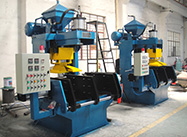 |  | 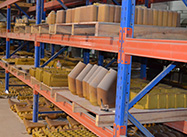 | 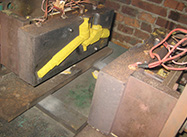 | |||
| Sand Core Equipments | Sand Core Productions | Finshed Sand Cores | Put Sand Cores Into Mould | |||
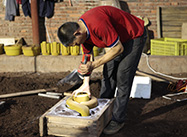 | 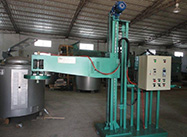 | 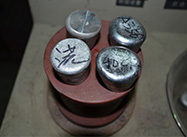 | 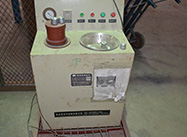 | |||
Put Sand cores Into | Degassing Equipment | Before Pouring,Checking | Hydrogen Measuring | |||
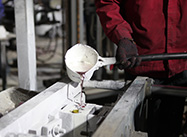 | 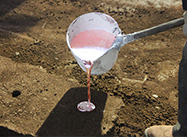 | 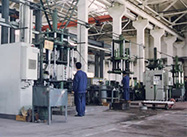 | 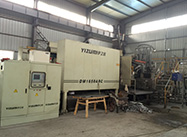 | |||
| Pouring-Gravity Casting | Pouring-Sand Casting | Low pressure Die Casting | Pouring-Die Casting | |||
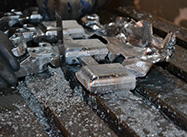 | 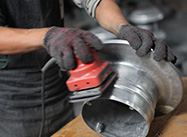 | 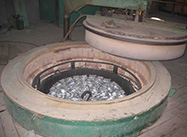 | 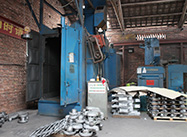 | |||
| Cutting the Gate | Grinding | Heat Treatment | Shot Blasting Equipment | |||
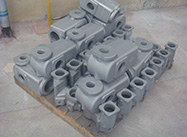 | 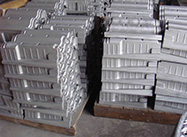 | 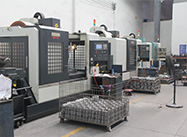 | 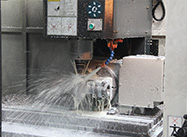 | |||
Raw Casting After | Waiting Machining | CNC Equipment | CNC Machining 3axis and 4axis | |||
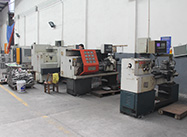 | 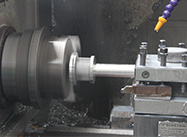 | 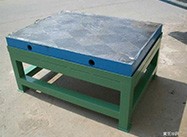 | 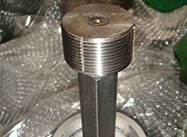 | |||
| CNC Lathe | Lathe Machining Process | Inspection Table | Guage Inspection | |||
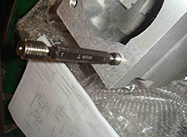 |  | 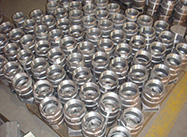 | 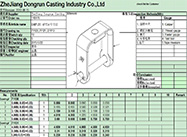 | |||
| Guage Inspection | CMM Inspection | Final Inspection and | Dimension Report for | |||
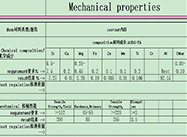 | ||||||
Mechanical properties |
After casting, the cores are broken up by rods or shot and removed from the casting. The metal from the sprue and risers is cut from the rough casting. Various heat treatments may be applied to relieve stresses from the initial cooling and to add hardness—in the case of steel or iron, by quenching in water or oil. The casting may be further strengthened by surface compression treatment—like shot peening—that adds resistance to tensile cracking and smooths the rough surface. And when high precision is required, various machining operations (such as milling or boring) are made to finish critical areas of the casting. Examples of this would include the boring of cylinders and milling of the deck on a cast engine block.